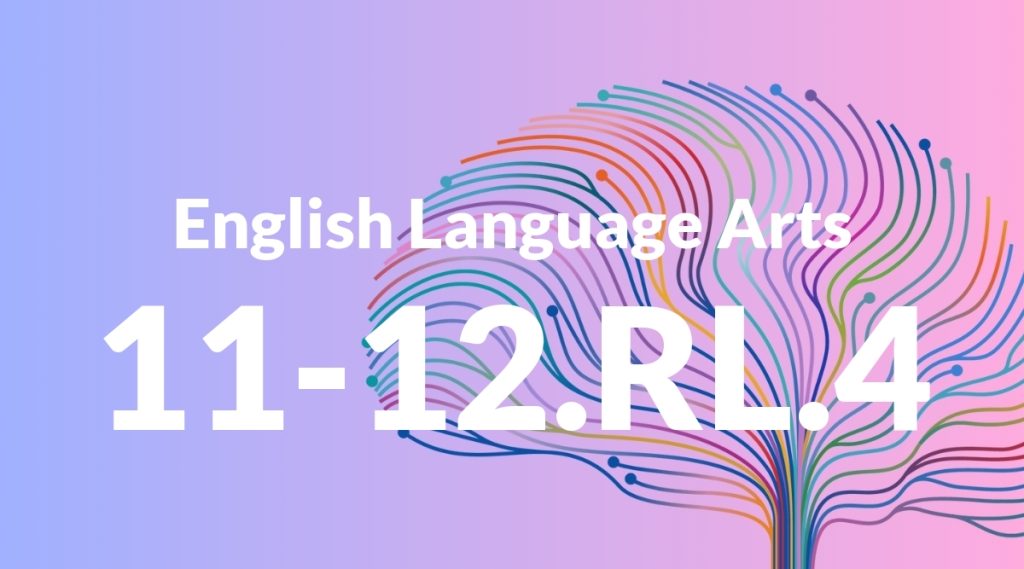Standard: 2.RL.4 – Describe how words and phrases (e.g., regular beats, alliteration, rhymes, repeated lines) supply rhythm and meaning in a story, poem, or song.
Grade level: Grade 2
Subject: English Language Arts
Domain: Reading: Literature
Teacher Overview
This standard focuses on helping students understand how specific words and phrases contribute to the rhythm and meaning of literary texts. By recognizing elements like regular beats, alliteration, rhymes, and repeated lines, students will gain a deeper appreciation for the craft of writing and improve their reading fluency and comprehension. Before tackling this standard, students should have a basic understanding of phonics, sentence structure, and experience with simple stories, poems, and songs.
After mastering this standard, students will be better equipped to analyze more complex literary devices, enhancing their reading fluency and overall appreciation for literature.
Common Misconception 1
One common misconception is that alliteration and rhyming are the same. However, alliteration involves the repetition of initial consonant sounds, while rhyming involves the repetition of ending sounds.
Intervention 1
To address this misconception, provide clear examples of both alliteration and rhyming, and engage students in activities where they identify and create their own examples of each.
Common Misconception 2
Another misconception is that rhythm is exclusive to music. Students may not realize that rhythm is also a critical component of poetry and prose.
Intervention 2
To correct this, use side-by-side comparisons of rhythmic patterns in music and literary texts. Encourage students to clap or tap out the rhythms they find in poems and stories.
Prerequisite Knowledge
Students should be familiar with basic phonics, understand what a sentence is, and have experience listening to and reading simple stories, poems, and songs.
Subsequent Knowledge
Students will develop the ability to analyze more complex literary devices, improve their reading fluency, and enhance their appreciation for different genres of literature.
Instructional Activities
- Clapping out the rhythm in poems
- Creating tongue twisters using alliteration
- Writing simple rhyming poems
- Reading and identifying repeated lines in stories
- Listening to songs and identifying the rhythmic patterns
- Group activities to find examples of alliteration in texts




